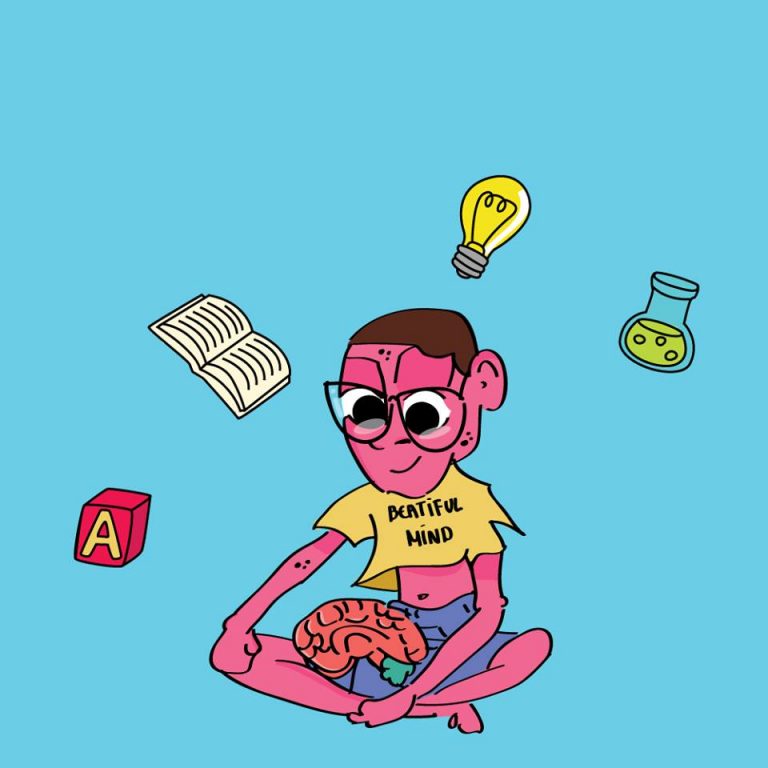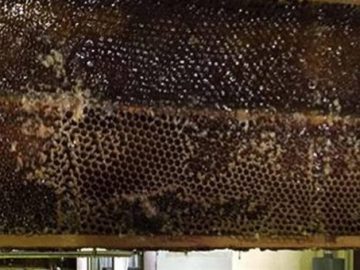“What’s going on with these teenagers? They’re constantly in crisis mode—reacting, not responding.”- says Jensen. “Calmer Choice envisions a world in which young people lead lives of kindness and compassion towards themselves and others.”
A true story of a loving and caring mother, scared to death primarily about her teen daughter’s life, but also worried about the health and other issues of her daughter friends, turned her worries into a mindfulness program that’s been taught to 15,000 kids in eight school districts.
How are teens connected to stress, anxiety, drugs, murder, suicide …..Seems the list is endless. Fiona Jensen in Cotuit, Massachusetts, on Cape Cod, unfortunately didn’t need to read the latest study about the impact of stress on teens: her teen daughter and her friends were a living, breathing testament to it.
December 2008 – Jensen and her 16-year-old daughter had just returned from the funeral of a high-school friend who had been killed during an alleged drug-related incident. After the funeral, her daughter’s friends were sitting in their kitchen. While watching them, Jensen could not do anything else but wonder herself – what was going on with those kids? One of them was addicted to oxycodone, one was so anxious she vomited every morning before school, and another was on medication for depression and “a time bomb of anger and sadness” is hoe Jensen described her daughter at the time.
Her observations didn’t differ much from statistics being reported around the same time in a 2009 national survey that was conducted by the American Psychological Association: 28% of teens and 14% of teens said they “worried a lot” or “a great deal”—and far more than their parents were aware of. The Centers for Disease Control and Prevention lists suicide as the third principal cause of death for young people between the ages of 10 and 24 i.e. approximately 4,600 young lives lost each year in the US. The funeral Jensen and her daughter went to, was followed by two more after six months: both teen suicides.
“I have to do something,” says Jensen. “Having a mindfulness practice of my own, I felt that part of the issue is that these kids have absolutely no ability to pause.”
Jensen thought a lot about this issue and knew that whatever the solution would be, it had to be part of the school day, since a stress-reduction program held at the end of the day likely wouldn’t attract many teenagers. Being an occupational therapist by trade—she forged ahead. By January 2010, she had organized the first pilot program to teach mindful breathing, meditation, and other stress-reduction techniques. The program was attended by sixty-five students. In June of that year, Calmer Choice received non-profit status. The following school year, the program reached 800 kids; the year after that, 1,500.
“Calmer Choice is a universal prevention program committed to teaching young people how to effectively and safely manage stress and resolve conflict so that they live happy, healthy and successful lives. Our goal is to provide skills that will diminish the risk of violence, substance abuse, and other self-destructive behaviors.”
In 2017, eight years later, Calmer Choice program has reached more than 15,000 students, and not teens—it is meant for kids from kindergarten to twelfth grade. Today, eight different school districts on Cape Cod have access to the program.
“We’ve had kids tell us they use mindfulness practices to fall asleep at night,” says Jensen. “They use them before a football game or a wrestling match. Instead of punching a hole in the wall when they’re frustrated, they sit down and practice their mindful breathing.”
Calmer Choice has joined with Tufts University in Boston to study and measure the effect of mindfulness on those kids who participate, and studies continue with Yale, MIT, and Harvard School of Education.
It has become a full-time job for Jensen, leaving the Visiting Nurse Association of Cape Cod three years ago. “My vision,” Jensen says, “is that in school you learn math, you learn science, you learn history, you learn mindfulness.”
“Imagine that by the time you graduate you have this thing called mindfulness in your toolbox. Then, when you get to college and you feel like jumping out of your dorm window—because you just broke up with your boyfriend and failed your German test and life is too overwhelming—you think, wait a minute, what was that thing I learned in school?”
Mindfulness in Public Schools
“One of the things that everybody has to understand is that this is a very new field,” says Greenland. “And because of all of the positive research and clear results, the field has galloped so quickly that there are aspects of it that need to catch up with itself.” Coming up with a set of best practices is one of the things that needs to be done.
Generally, most mindfulness experts agree that bringing a properly constructed mindfulness program to a public school is a good idea. They admit that they can imagine situations where there might be some issues with respect to how some mindfulness programs are being introduced into public schools.
“Mindfulness in education not only supports teacher’s well-being and resilience, as well as their ability to handle the challenges in a classroom, it also improves the quality of their classroom relations and helps students become more productive.”
Dr. Patricia (Tish) Jennings, an Associate Professor of Education at the Curry School of Education at the University of Virginia, is an internationally recognized leader in the fields of social and emotional learning and mindfulness in education with a specific emphasis on teacher stress and how it impacts the social and emotional context of the classroom and student well-being and learning. She is about to publish a paper the topic.
In December 2015 Jennings published a paper in the journal Mindfulness, titled: “Mindfulness-Based Programs and the American Public School System: Recommendations for Best Practices to Ensure Secularity.” She outlines the argument for why having mindfulness programs in public schools don’t violate the separation of church and state. She also describes some steps that mindfulness programs can take:
Build on the science: Programs’ curriculums should be based on evidence from scientific studies showing the cognitive, neurological, social and behavioral benefits of mindfulness.
Err on the side of secularity: In order to avoid misunderstandings, you should avoid using any language, artifacts, or beliefs that are associated with practices in religious contexts. None of these subjects should be brought into a public school because certain objects may give impression that the practice has religious significance, and intention is purely secular.
Describe areas of focus in secular ways: Do not introduce names, words, or sounds that come from a religious tradition to focus attention during practice because it is not suitable for public schools.
Leave energy where it belongs: Try not to give an impression that mindfulness involves transmission of any sort of spiritual or metaphysical energy. Loving-kindness practice is not meant to transmit something to someone else, but simply to generate positive and caring feelings within oneself for oneself and others.
“These steps aren’t meant to conceal associations with religious traditions,” says Jennings. “They are meant to help educators to ensure that the programs they’re introducing are indeed completely secular and science-based—that the reason you want a mindfulness practice in your school is based on science, rather than belief.”


































Connect with us